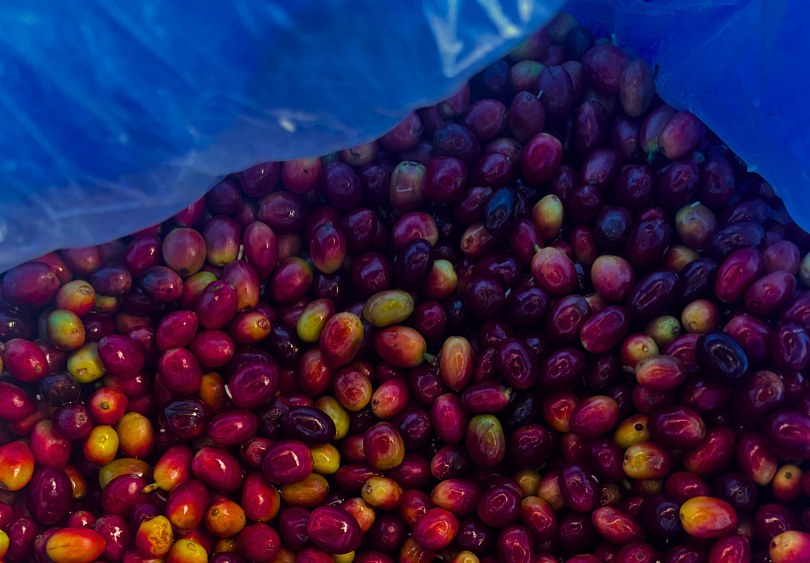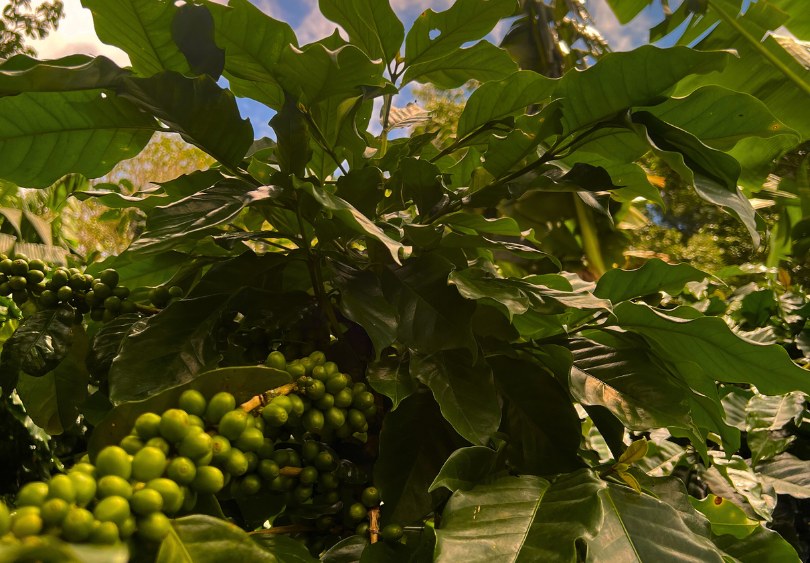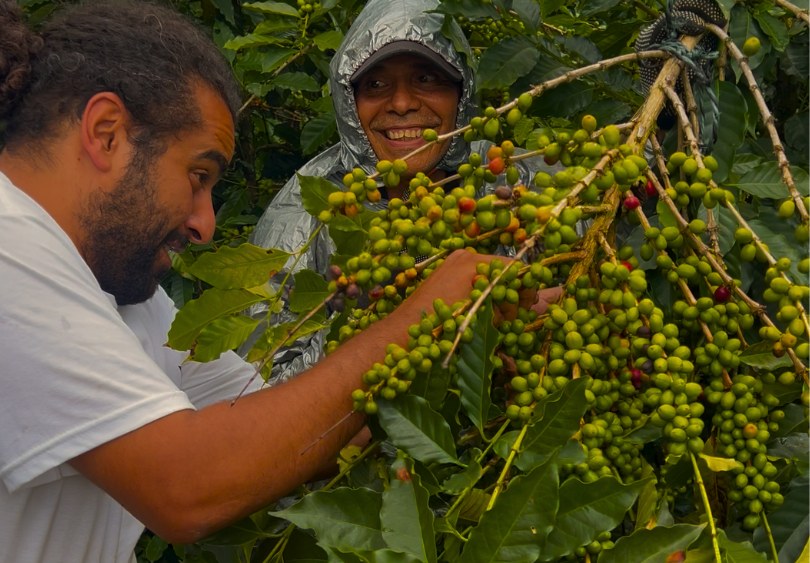We often don't realize how much effort and passion goes into the things we consume. Coffee is no different. Our partner Juan and his team from El Paco Farm have allowed us to document the entire cultivation process - thank you Juan if you're reading this! We'll then round it all off with our part here in Germany to reveal the entire journey of coffee. From the cherry to the cup.

The Harvest: Where it all begins
The origin of every coffee lies in the coffee cherry. Our journey begins on the beautiful "El Paco" farm, which is located in the fertile highlands of Guatemala. Here, at an altitude of 1,500 to 2,000 meters, Juan's coffee plants thrive under ideal conditions. The subtropical climate, the nutrient-rich soil and the sufficient rainfall create the perfect environment for growing top-quality coffee.

Careful selection of coffee plants
At the "El Paco" farm, great importance is placed on selecting the best coffee plants. Juan and his team use traditional farming methods to ensure the health and productivity of the plants. The coffee plants are regularly cared for and monitored to ensure they grow and thrive optimally. This includes pruning the plants to improve air circulation and prevent disease, as well as regular fertilization with natural, organic materials.

Handpicked harvest: A sign of quality
The harvest time on the "El Paco" farm is a very special moment. Between November and March, when the coffee cherries have reached their perfect level of ripeness, the harvest begins. Each coffee cherry is picked by hand to ensure that only the ripest and best fruits are harvested. This complex process requires a lot of skill and experience. Juan and his team roam the plantations several times to ensure that every cherry is at the optimal level of ripeness. This is crucial to guarantee the high quality of our beans.
Immediate processing: preserve freshness
After harvesting, the coffee cherries are immediately taken to processing. At the "El Paco" farm, the wet processing method is mainly used to preserve the clean and fruity taste of the coffee. The cherries are thoroughly washed to remove dirt and impurities. The mucilage (fruit pulp) is then removed using a mechanical pulper and the remaining beans are fermented in large water tanks. This fermentation process, which takes about 12 to 24 hours, helps to loosen the last traces of pulp and intensify the aromas.
Drying: Patience and Precision
After fermentation, the beans are carefully dried. At the "El Paco" farm, drying takes place mainly on large sunny terraces. The beans are spread out evenly and turned regularly to ensure even drying. This process can take up to two weeks, depending on weather conditions. During this time, Juan's staff always take care to protect the beans from moisture and pests. The slow drying allows the beans to fully develop and preserve their aromas.
Quality control: Only the best
After drying, the beans are carefully sorted and evaluated. The "El Paco" farm has a strict quality control system . Each batch is checked manually to ensure that only the best beans are processed. This includes removing defective beans, stones and other impurities. The careful sorting ensures that only the highest quality beans make it into our roasting process.
Roasting brings out the unique flavor nuances of each bean - but never anything that is not in the bean itself. The cultivation and the processes used are what really matter - and that's why we focus so vehemently on the work in the growing countries.





